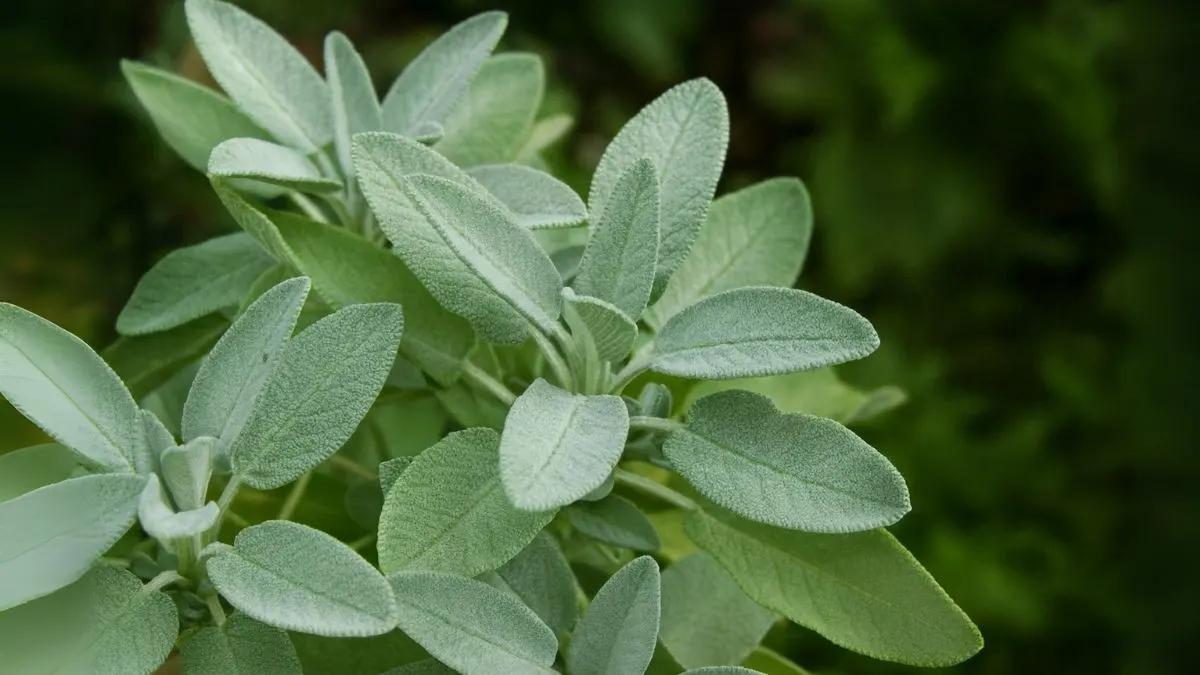Sage is one of the most rewarding herbs to grow in your home garden. Known for its earthy flavor, silvery-green leaves, and hardy nature, this Mediterranean plant is both beautiful and practical. Beyond its culinary use in roasts, teas, and stuffing, sage has medicinal benefits and attracts pollinators too. However, to enjoy a healthy, long-lasting plant, you need to understand its specific growing requirements.
Choosing the Right Location

Like most herbs, sage thrives in the sun. To grow successfully, sage needs lots of light, ideally 6–8 hours of direct sunlight every day. This ensures bushy growth, strong leaves, and an intense aroma.
Always plant it in a warm, sunny location with well-drained soil, such as sandy or gritty soil mixed with compost. Heavy, clay-rich soil tends to hold water, which damages sage roots and causes rot. If your soil doesn’t drain well, use raised beds or containers.
Since It is another Mediterranean herb that needs a full sun position, it’s perfect for warm sites in the USA, Canada, India, and Europe. In cooler regions, place containers in the sunniest spot you have.
Soil Requirements
The secret to healthy sage lies beneath the surface. It prefers warm, sunny site with well-drained soil with the pH value of about 6.0 to 6.5. This slightly acidic to neutral range is ideal for nutrient absorption.
Interestingly, it doesn’t need heavily enriched soil. Too much organic matter can make the plant grow tall and leafy but reduce flavor intensity. Instead, sandy or gritty soil mixed with a little compost works best.
Also Read: Chinese Money Plant Care: The Round-Leaf Beauty That Grows Easily
Planting Sage
When it comes to planting:
- Method: Sage is most commonly grown from potted plants or cuttings. Growing from seed is possible, but it’s slow and often frustrating for beginners.
- Timing: It should ideally be planted in spring once the risk of frost has passed. This allows roots to establish before summer heat.
- Spacing: In beds, space plants 18–24 inches apart. This ensures good airflow and prevents fungal issues.
- Containers: This plant grows well in prepared garden beds or containers. Use pots with drainage holes and sandy soil to avoid waterlogging.
Also Read: How to Grow Parsley at Home the Right Way
Watering Guidelines
It is fairly drought tolerant once established, but young plants need regular watering to grow strong roots. Water them deeply but infrequently, allowing the soil to dry out slightly between sessions.
Overwatering is the most common mistake. If roots sit in soggy soil, they rot quickly. For mature plants, I’ve found it best to water only when the top inch of soil feels dry. During summer, watering early mornings helps minimize evaporation.
Pruning and Maintenance
Pruning is essential for keeping sage productive and attractive. Trim lightly during spring and summer to encourage bushy growth. Remove dead or woody stems to prevent the plant from becoming scraggly.
Unlike some herbs, sage doesn’t require frequent fertilization. Pruning acts as a natural way to redirect energy into producing fresh leaves instead of woody stems. Once established, it can live for several years with proper trimming.
Also Read: Fruits vs Vegetables: Which One Is Easier to Grow at Home?
Key Requirements for Growing
Requirement |
Details |
Sunlight |
6–8 hours of direct sunlight daily |
Soil |
Well-drained, sandy or gritty soil mixed with compost |
pH Value |
6.0–6.5 (slightly acidic to neutral) |
Planting Season |
Sage should ideally be planted in spring after frost |
Growth Method |
Sage is most commonly grown from potted plants or cuttings |
Growing Sites |
Sage plant grows well in prepared garden beds or containers |
Light Needs |
Sage needs lots of light and a full sun position |
Common Challenges
Even hardy plants like sage face a few issues:
- Overwatering: Poor drainage causes root rot, the number one killer of sage plants.
- Insufficient Light: If grown in shade, sage becomes leggy and weak.
- Cold Winters: Sage dislikes freezing conditions; protect with covers or bring containers indoors.
- Pests: Aphids and spider mites may attack, but they can be managed with neem oil spray.
Personal Experience
When I first tried growing sage, I made the mistake of planting it in clay-heavy soil that retained too much moisture. Within weeks, the roots had started to rot, and the plant declined quickly. Later, I shifted to a sandy, compost-mixed soil in a sunny container, and the results were striking. The plant grew lush, bushy, and provided me with enough leaves for teas, soups, and roasts all year long.
This experience taught me that sage doesn’t need pampering. It just needs sunlight, good drainage, and occasional pruning.
Also Read: How to Grow Sweet Cantaloupes in Your Backyard
Conclusion
If you’re looking for a resilient, flavorful herb to grow at home, sage is one of the best choices. To recap:
- Plant it in a warm, sunny location with well-drained soil, such as sandy or gritty soil mixed with compost.
- Sage should ideally be planted in spring for best results.
- Sage is most commonly grown from potted plants or cuttings since seeds are slow to germinate.
- Sage plant grows well in prepared garden beds or containers, provided it gets full sun.
- Remember that sage needs lots of light and thrives in slightly acidic to neutral soil with pH 6.0–6.5.
With these simple steps, you can enjoy fresh sage leaves for cooking, teas, and even ornamental beauty year after year.






